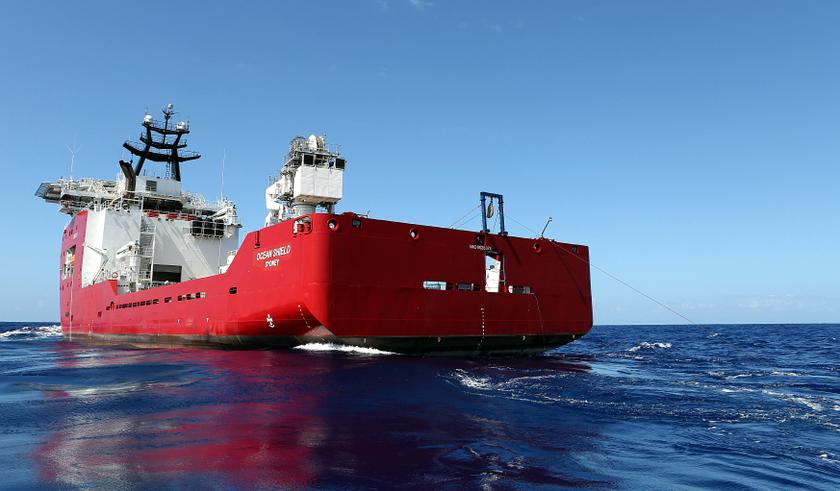PERTH, April 11 — The international effort to find a missing Malaysian jetliner was zeroing on a small patch of the Indian Ocean today that officials now believe offers the best hope of solving the mystery of Flight MH370.
The Australian agency overseeing the search said it would use some of the most sophisticated resources at its disposal on the small search area after a new acoustic signal, that could be from the plane’s black box recorders, was detected yesterday.
The latest signal, which was captured by a listening device buoy, seems to lend credence to four previous “pings” detected by a US Navy “Towed Pinger Locator” (TPL) towed by Australia’s Ocean Shield vessel.
“The acoustic data will require further analysis overnight but shows potential of being from a man-made source,” Angus Houston, head of the Australian agency co-ordinating the search, said in a statement.
The mystery of Malaysia Airlines Flight MH370, which disappeared more than a month ago, has sparked the most expensive search and rescue operation in aviation history.
The black boxes record cockpit data and may provide answers about what happened to the plane, which was carrying 227 passengers and 12 crew when it vanished on March 8 and flew thousands of kilometres off its Kuala Lumpur-to-Beijing route.
But the batteries in the black boxes have already reached the end of their 30-day expected life, making efforts to swiftly locate them on the murky ocean floor all the more critical.
Search efforts are now focused on three areas.
Aircraft and ships are combing over two large search zones, some 2,390 km (1,485 miles) northwest of Perth, for possible floating debris related to the crash.
But it is the much smaller search zone, just 600 sq km (232 sq miles, located about 1,670 km (1038 miles) northwest of Perth that has generated fresh optimism.

The smaller zone is near where the Ocean Shield picked up the acoustic signals and where dozens of sonobuoys capable of transmitting data to search aircraft via radio signals were dropped on Wednesday.
But experts say the process of teasing out the signals from the cacophony of background noise in the sea is a slow and exhausting process.
An autonomous underwater vehicle named Bluefin-21 is on board the Ocean Shield and could be deployed to look for wreckage on the sea floor once a final search area has been identified. — Reuters



















